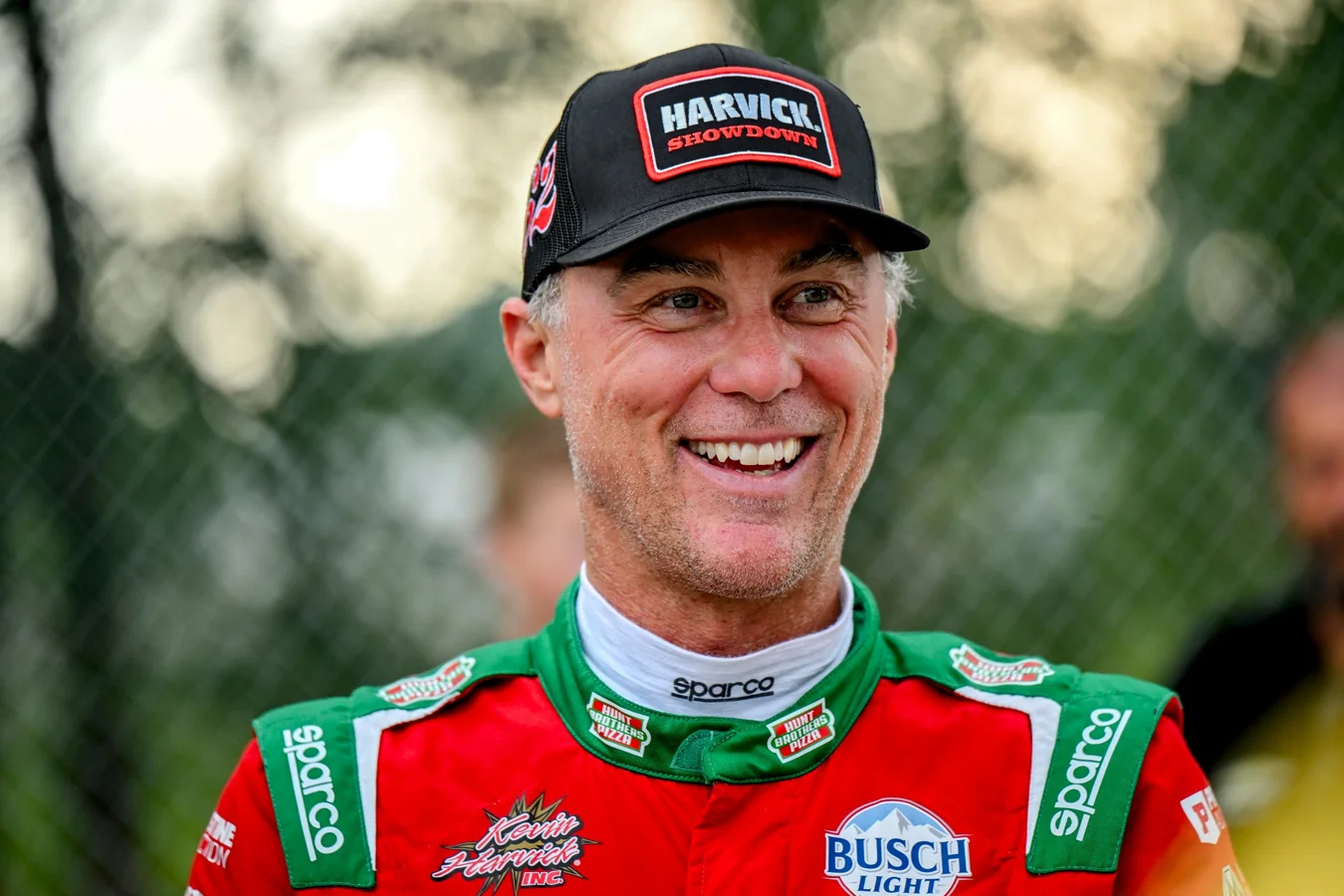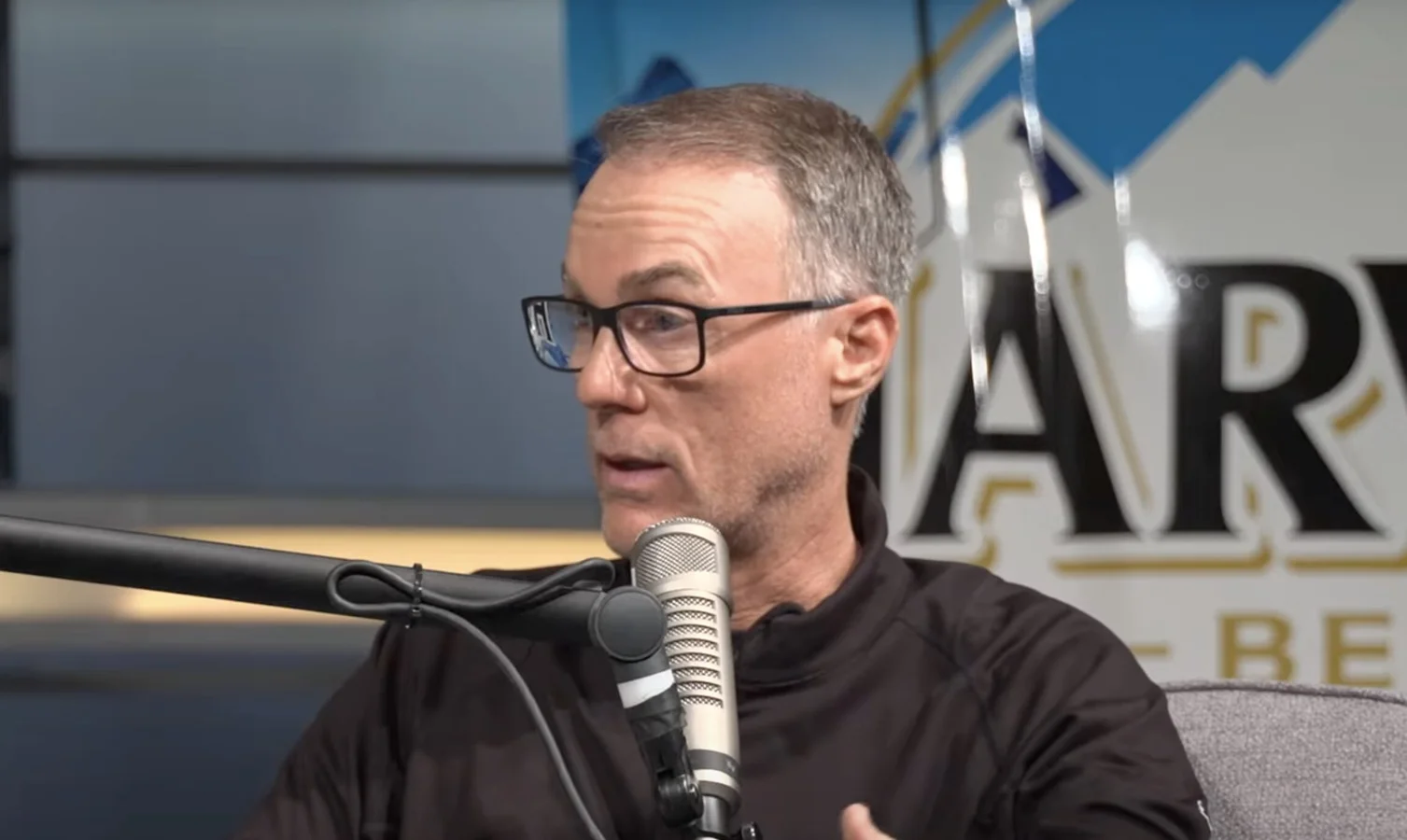Kevin Harvick offered candid commentary on the current NASCAR horsepower discussion, voicing his views on NASCAR’s recent consideration to boost the NextGen car’s power. On a recent episode of his Happy Hour podcast, Harvick addressed ongoing debates about whether increased horsepower will truly alter the competitive landscape, making a bold statement about the minimum performance threshold required for the Gen 7 machine. Fans and drivers, hoping for enhanced excitement, have long awaited meaningful changes in this area and are looking closely at how these decisions evolve.
Drivers React to NASCAR’s Power Plans
The subject of increased horsepower in the NASCAR Cup Series gained traction when Doug Yates, CEO of Roush Yates Engines, suggested that an increase to 750 horsepower might not significantly affect engine builders. Harvick’s input reinforced this assessment, emphasizing during his podcast that only a substantial leap in power would bring noticeable changes for those behind the wheel.
“Everything I’ve heard…they put it in, and the drivers couldn’t even tell that they changed the horsepower. It needs a ton of horsepower. It needs to be faster.”
– Kevin Harvick, former NASCAR Cup Series champion
Bob Pockrass, a respected NASCAR journalist, joined Harvick on the Happy Hour show and brought up the question of whether increased engine output would require new tire technologies. After reflecting on this with his trademark insight, Harvick responded directly on the interplay of power and team preparation.

“Yeah, I mean, it’s the cause and effect, right? I think all the engine departments would probably do it if they had the proper runway.”
– Kevin Harvick, former NASCAR Cup Series champion
“The engine bills did not go down and I think that’s the ironic thing about a lot of these scenarios,” he added.
– Kevin Harvick, former NASCAR Cup Series champion
Harvick’s remarks highlighted how, despite efforts to cut costs and complexity, teams have not seen significant savings on engine expenses. He labeled this outcome as “ironic,” underscoring the mixed feelings within the community regarding cost versus performance increases. While some fans might dream of ultra-powered cars exceeding 900 horsepower, industry insiders believe that such levels would make engine maintenance prohibitively expensive.
NASCAR’s Next Steps: Waiting on Horsepower Announcements
At this point, NASCAR has not released an official list of which tracks will see raised horsepower limits for 2026, maintaining uncertainty for teams, drivers, and fans. Many now turn their focus to the upcoming Bank of ROVAL 400 at Charlotte Motor Speedway, set for Sunday, October 5, a significant race on the yearly calendar. The event will be broadcast nationally on USA at 3 p.m. ET, with radio coverage available via PRN and SiriusXM NASCAR Radio, Channel 90.
Harvick Reflects on Chase Elliott’s Kansas Speedway Victory
Beyond the horsepower debate, Kevin Harvick also took time to praise Chase Elliott and his team following Elliott’s latest triumph at Kansas Speedway. By securing victory in the No. 9 Chevy Camaro, Elliott became the first Hendrick Motorsports driver to clinch a spot in the Round of 8 this NASCAR Cup Series season. Harvick was especially impressed by Elliott’s pit crew execution and team discipline through challenging conditions.
“I told Chase this: I truly feel like they are the most consistent car. They have less trouble than everybody else. Their pit crew, when they’re in those positions, shines. He has a really good pit crew. And when you look at the stats, the stats back that pit crew up. I think solving that qualifying issue they’ve had shows you what they can do.”
– Kevin Harvick, former NASCAR Cup Series champion
Elliott’s Kansas performance ensures his place alongside Ryan Blaney for the next playoff round. The next test for both drivers comes at Charlotte, marking the crucial third and final contest in this phase of the championship.
Looking Forward: Implications for Teams and the Sport
The ongoing discussion about horsepower places the spotlight firmly on both technical innovation and economic reality within NASCAR. Whether greater engine power becomes widespread or remains restricted, the debate—highlighted by Harvick and echoed by Bob Pockrass—will likely shape conversations in the paddock for months to come. With big races on the horizon at Charlotte Motor Speedway, drivers, teams, and fans are set for an intense conclusion to this segment of the season, with every advancement carrying both promise and complication in equal measure.

